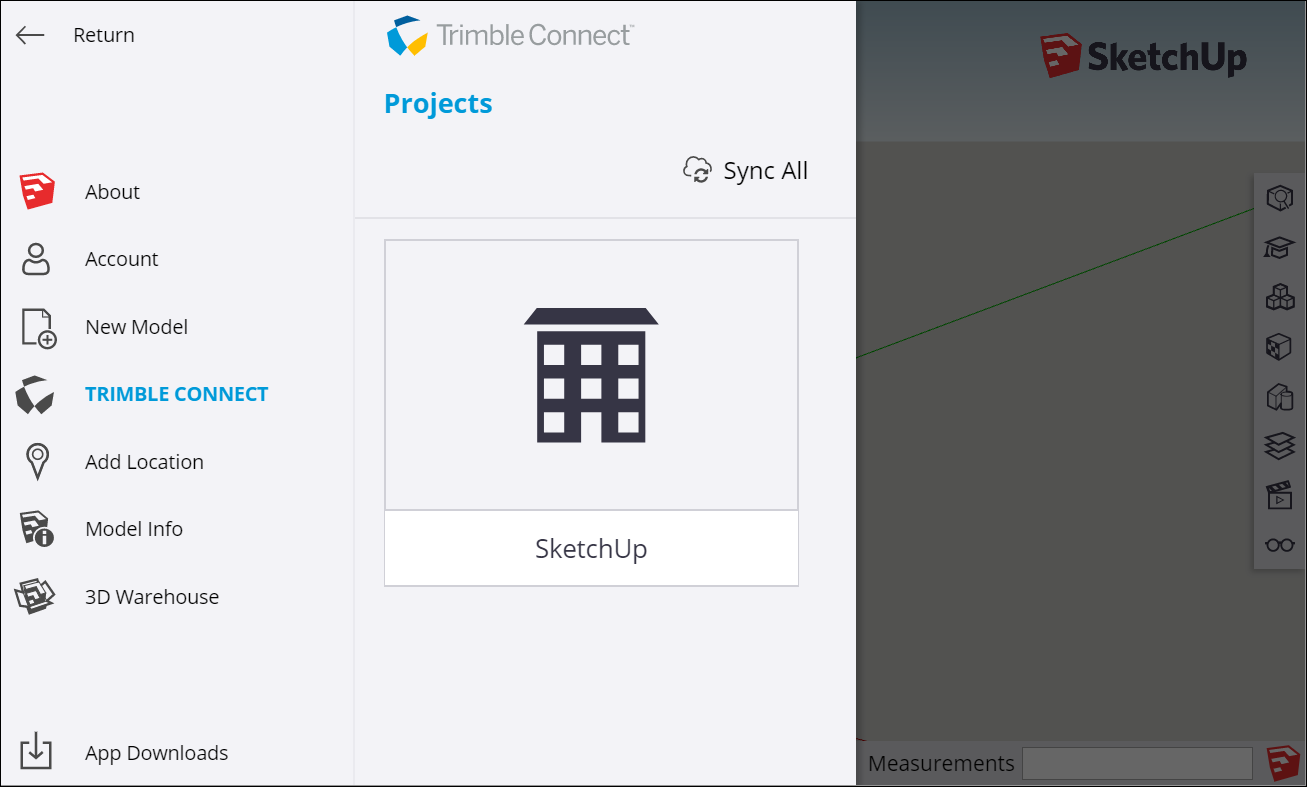

Use this option when you plan to use your COLLADA file with a program that supports only triangular faces. Triangulate All Faces: When selected, this option breaks all surfaces into triangles instead of multisided faces.Note that stand-alone edges are always exported. Export Edges: When this option is selected, the exported file maintains the appearance of a SketchUp model with visible edges.Both faces will always render, and materials applied to front and back faces are preserved. However, this option ensures that, in other COLLADA-compatible programs, your model appears more like it appears in SketchUp than it would otherwise. This option doubles the number of polygons in the resulting. SketchUp welds the vertices of the front faces together and the vertices of the back faces together.


Select your options, which are explained in the following list, and click OK to return to the export dialog box.

Back in the main dialog box, click Open (Microsoft Windows) or Import (Mac OS X), and SketchUp begins importing your COLLADA file.Click OK in the DAE Import Options dialog box.Deselect this option to retain the triangular faces. This feature is helpful when importing 3D data from programs that use only triangular faces, which can be tedious to clean up by hand in SketchUp. (Optional) By default, the Merge Coplanar Faces checkbox is selected, which tells SketchUp to automatically remove edges on coplanar faces that share the same material.Deselect this option if you don’t want SketchUp to check the file’s validity. Note that an invalid COLLADA file can yield unexpected results. If the file isn’t valid, SketchUp asks whether you still want to import the file. (Optional) By default, the Validate COLLADA File checkbox is selected, which prompts SketchUp to check that your file is a valid COLLADA 1.4.1 file.The DAE Import Options dialog box appears. If you don't see the file you're looking for, make sure the correct file type is selected from the drop-down list in the lower right. In the dialog box that appears, locate and select the.To import a COLLADA file into SketchUp, follow these steps:


 0 kommentar(er)
0 kommentar(er)
